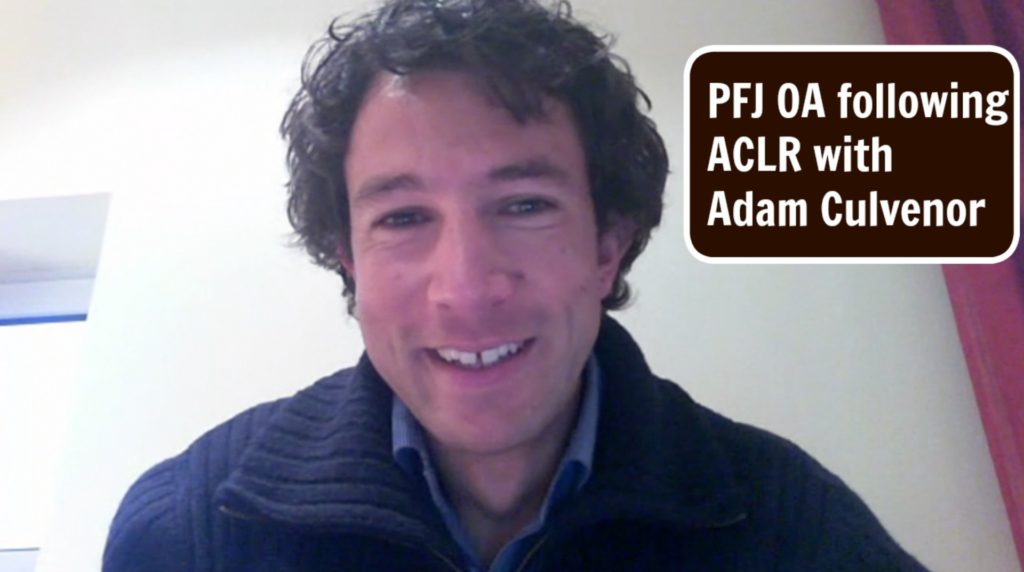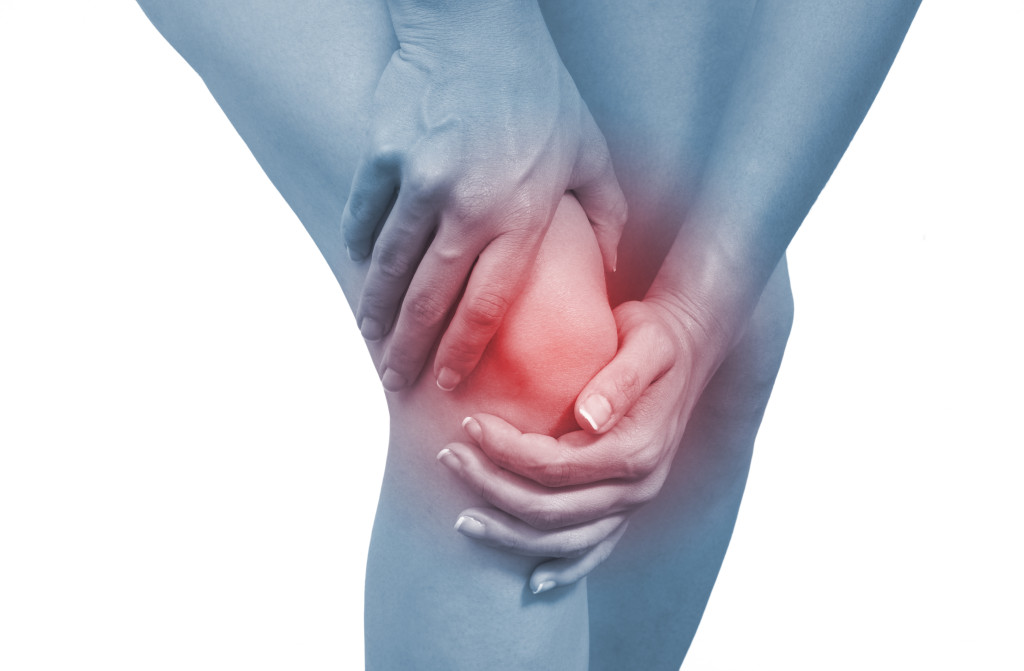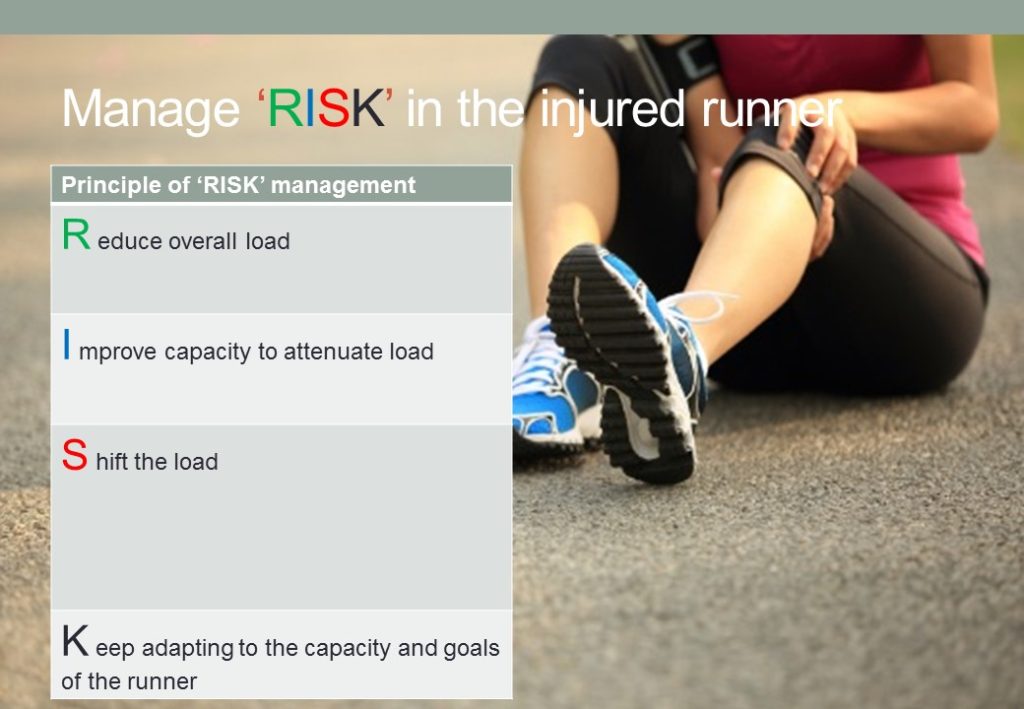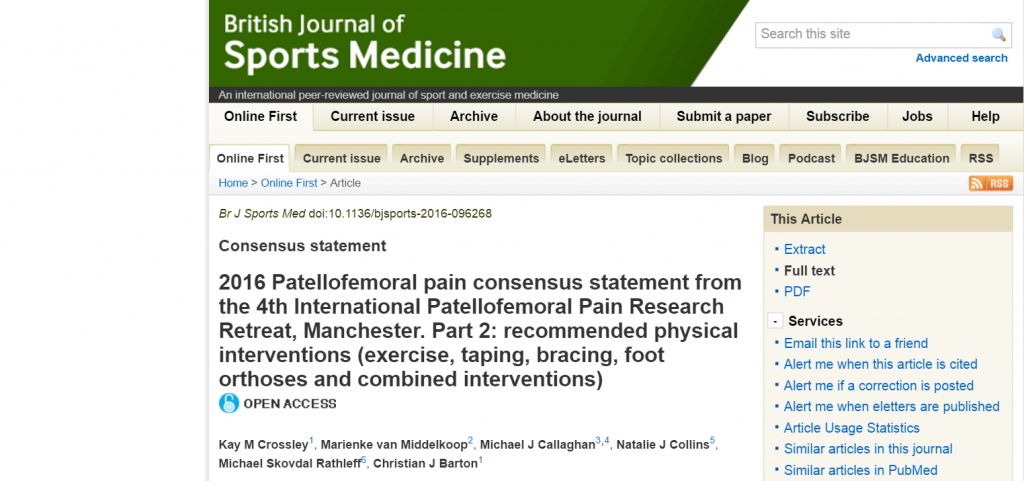
Dr Adam Culvenor has been awarded an early career researcher NHMRC fellowship, involving funding of $408,768. His research aims to identify ways to reduce the risk of knee cap osteoarthritis (OA) following serious knee injuries. Adam will spend his first two years at the Paracelsus Medical University in Austria working Professor Eckstein who is a world leader in…read more

Did you miss the Patellofemoral Pain: Using evidence to inform practice symposium at the recent SMA conferences in Melbourne? Or do you want to revise the content? Here you go! 5 sets of slides/case studies and a video for your viewing pleasure. If you want access to full papers for the 2016 Consensus Statements and…read more

Knee cap pain is the most common form of knee pain. Pain can be hard to pin point but may be around, behind, or under the knee cap. Knee cap pain has a lot of potential causes and treatment options. Read on to learn more and take the first step towards relief by accessing the…read more

I hope you enjoy this presentation on running retraining for patellofemoral pain provided as part of evidence informed practice at SMA conference in Melbourne 2016.

Osteoarthritis effects 3.9 million Australians, costing the economy $24.9 billion. $9.4 billion is lost because people can’t work. Arthritis can effect many joints in the body. The most common joints are in the spine, knee and hip. People with arthritis have pain and inflammation in affected joints which often means they can’t participate in normal recreational and work activities. Because…read more

1. Review of research: Stride frequency changes do not influence running economy in minimalist footwear or conventional running shoes. (Warne et al., 2016) Why we like it: club level runners (experienced runners running 52 ± 11km/week) were used as the test subjects and given 6 weeks to become accustomed to the minimalist footwear before testing was…read more

An early morning Jetstar flight to Launceston to hear Tasmanian PhD candidate and podiatrist Narelle Wyndow at the Tasmanian State Podiatry Symposium was well worth it. “The patellofemoral joint (knee cap) is the most common form of knee osteoarthritis” says Wyndow. 69% of people with knee pain over the age of 40 will have knee cap…read more


The patellofemoral pain research community met in July 2015 to present recent research findings and discuss the current state of the evidence. The meeting resulted in six key recommendations, based on evidence published between January 2010 and June 2015, and voting by those attending the meeting: Exercise therapy 1) Exercise is recommended to reduce…read more
